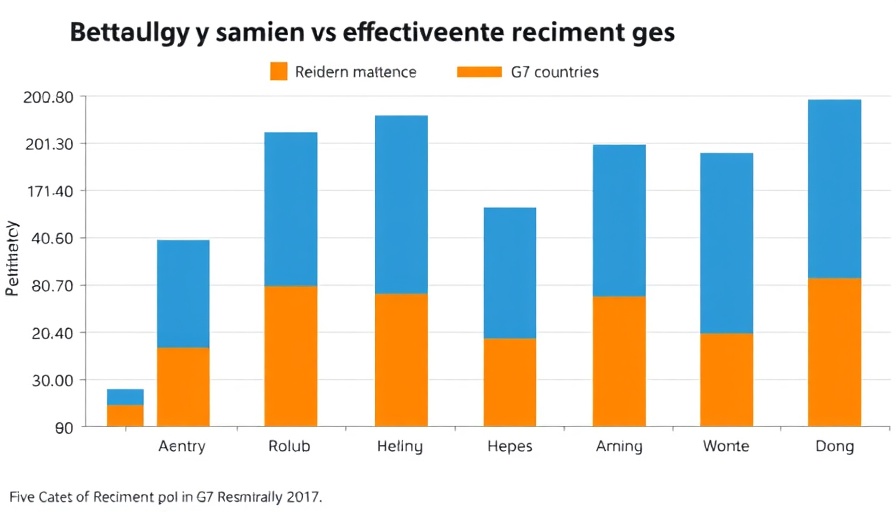
Transforming Tech Through Purpose and Leadership
In a tech landscape that's fast-paced and innovation-driven, NTT Data Asia-Pacific CEO John Lombard emphasizes a revolutionary approach to leadership. He urges that technology must evolve beyond merely addressing issues; it should uplift communities and promote sustainability. With firm roots in advocacy, especially through the #HeForShe initiative, Lombard champions a vision where diversity in tech leads to profound changes.
The Importance of Inclusive Leadership in Tech
Lombard's insights underscore that inclusive leadership and equal opportunity are essential for making strides in the tech industry. Despite notable advancements, tech still battles significant disparities in gender representation. Efforts like NTT Data’s sponsorship of the Women of the Future Awards in Southeast Asia play a pivotal role in amplifying female voices in tech. By recognizing and empowering female leaders, Lombard believes the industry can harness a wider array of perspectives to fuel innovation.
Democratizing Access to Technology
Accessibility in tech is another cornerstone of Lombard's philosophy. With initiatives like Sisters of Code in Cambodia, NTT Data exposes young girls to tech career paths, potentially revolutionizing how future generations view their roles in this competitive industry. "Technology is not just a tool for innovation; it’s a catalyst for empowerment and equity," he asserts, stressing the need for leaders to employ tech as a means of leveling the playing field.
What This Means for Today’s Leaders
For CHROs, Chief People Officers, and operational leaders, understanding the transformative potential of technology within social responsibility is paramount. Leaders must foster inclusive workplace cultures that align with corporate goals. Lombard’s approach illustrates that when employees feel valued and heard, productivity surges, driving organizational success. The takeaway is clear: dedicated efforts toward diversity and inclusion are not merely noble—they are essential for sustainable growth in today's interconnected world.
As you reflect on your workforce strategy, consider how integrating purpose-driven initiatives can lead to a more engaged team. Leaders who embrace and advocate for diversity and accessible opportunities are not just shaping a better company but a better future for the tech industry. Engage with your teams and explore ways to support an inclusive culture; the benefits will resonate far beyond the boardroom.
 Add Row
Add Row  Add
Add 




Write A Comment